Birds are animals that are classified in the class Aves. There are approximately 10000 species of birds that are found throughout the world. The ability to fly is a characteristic that almost separate birds from other animals. However, bats (Chiroptera) are winged mammals that can fly. A group of the same bird species is known as a flock.
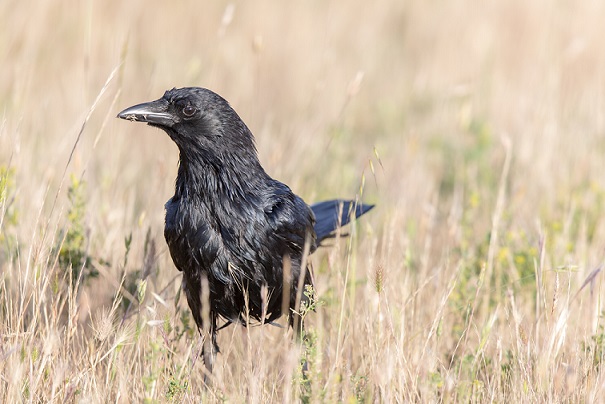
The largest avian order are the Passeriformes. Birds classified in the order Passeriformes are sometimes referred to as Passerines. The Passerines have feet that are adapted to perching; these feet have a total of four toes; three toes that point forward and one toe that points backward. About 70% of all the birds in the world are classified in the order Passeriformes. All other birds can be categorized as Non-Passerines. Non-Passerines include birds of prey, ratites, game birds, seabirds, shorebirds, waterfowl, loons, grebes, woodpeckers, and parrots.
Physical Characteristics
All birds that are capable of flying have hollow leg and wing bones, which make their bodies lighter, which makes it much easier for them to fly. Birds’ forelimbs are their wings. Birds use their wings to propel themselves into the air. Birds that are capable of flight have a peak on their sternum that is called a keel, also known as a carina. The keel supplies an attachment site for the flight muscles that are on the bird’s chest.
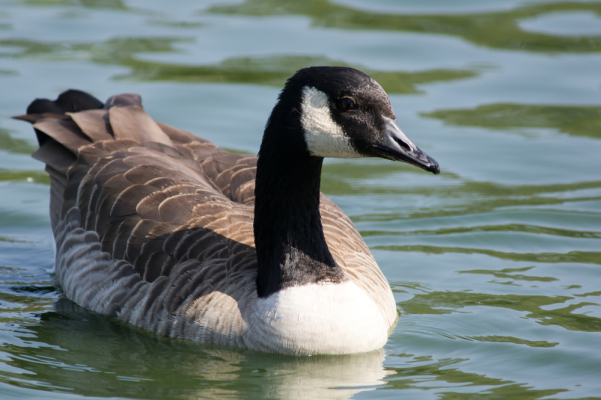
A bird’s feet indicate its habitat and lifestyle. Some birds’ feet are for perching and walking (like the feet of Passerines). There are feet for climbing; parrots and woodpeckers are two examples of birds that have climbing feet. Water birds, such as ducks, loons, gulls, and auks, have webbed feet, which help them swim. Some birds, such as coots and grebes, have lobate feet; each toe is lobed rather than webbed. This helps these birds walk on slippery, mud-covered ground and also helps them swim. Then there are the feet that birds of prey have. These feet are equipped with sharp claws known as talons. Birds of prey use their talons to catch and hold animals, such as rats, lizards, and fish.
Birds’ bodies are covered in feathers, feathers are made up of the protein beta-keratin. The feathers are arranged in a branching structure. A bird’s plumage is its entire feather coat. Many species of birds are sexually dimorphic, this means there are differences in the plumage of the male and female. A bird is molting when it sheds its feather coat and replaces it with newly grown feathers. A bird is fully fledged when it is has all the necessary feathers to fly and to live independently from its parents. The young of many birds, such as gulls and eagles, molt into different feather coats at different stages of their development; these young birds plumage changes for a period of years before they finally fledge into their adult feathers.
Most birds have three main types of feathers; these are:
- Down feathers. Down feathers are closest to the body and help keep the bird warm.
- Contour feathers. Contour feathers are the visible feathers that cover a bird’s body.
- Flight Feathers The primary and secondary flight feathers are on a bird’s wings. The primary flight feathers give a bird forward thrust, while the secondary flight feathers give the bird a more substantial amount of lift.
All birds have beaks, also known as bills. The beak is a bird’s upper and lower jaws, including the external covering. The shape of a bird’s beak shows what it eats; parrots crack hard shelled nuts and seeds with their thick hooked bills, sandpipers use their long bills to probe muddy shorelines for invertebrates, and birds of prey have strong, hooked beaks that are sharp enough to tear their prey’s flesh.
The smallest bird in the world is the Bee Hummingbird (Mellisuga helenae). It weighs about 2 gm (0.0706 oz). The Common Ostrich(Struthio camelus) can reach weights of 160 kg (353 lbs.). This makes it the biggest bird in the world.
Distribution and Habitat
Birds can be found on all continents including antarctica. Birds inhabit a wide variety of natural areas, including; wetlands, forests, deserts, grasslands, and Antarctic ice shelves.
Many species of birds migrate. Migratory birds migrate from their breeding grounds in northern locations to spend the winter months in southern areas. The reason why so many birds migrate is to escape cold temperatures, and to have enough hours of daylight. They also migrate to have easy access to food sources. Residents are birds that do not migrate at all, but simply stay in a geographic area all year round because there are adequate supplies of resources.
Large numbers of migrants of many species use the same general routes year after year; these routes are called flyways. Four examples of flyways are; the Atlantic flyway, the central flyway, the Mississippi flyway, and the Pacific flyway.
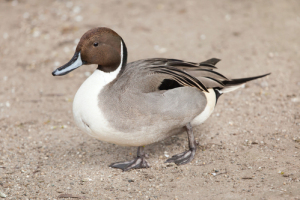
Breeding
Female birds are oviparous, this means that their babies, known as chicks, hatch from eggs. The eggs laid by birds are hard shelled. The total amount of eggs laid by the female at one time is called a clutch. The mother lays the eggs, and then they are incubated for a period of days before they hatch. In most species, the father and mother share the duty of incubating the eggs. The parents incubate the eggs by simply sitting on them. The incubation period is the number of days the parent birds sit on the eggs to incubate them before they hatch. Most species of birds feed their chicks until they are old enough to find food on their own. Bird chicks that are totally dependent on their parents when they hatch are called altricial. When some bird species hatch, they are precocial, this means they have open eyes, and a well-developed down cover. Precocial chicks can walk, run, or even swim depending on which bird species it is. They can find their food, but they are usually helped and protected by their parents. The best example of birds that are precocial when hatching are Megapodes. Megapode chicks receive no care from their parents when they hatch.
Most birds build nests to hold, protect, and keep the eggs together so that a parent bird can incubate them at an appropriate temperature for development. The type of nest built by a pair, depends on which species they are.
There are approximately 9 types of nests, they are listed below:
- Burrow nest. A burrow nest is a cavity nest in the ground that is usually accessed by an entrance tunnel.
- Cavity nest. A cavity nest is either a hole in a tree, a rock crevice, or simply a nest box left out by humans.
- Cup nest. A cup nest is in the shape of a cup.
- Domed nest. A dome nest is a cup nest with an overhead dome that helps hide the eggs and chicks.
- Globular nest. A globular nest is a globe-shaped dome nest with a top that fully encloses the nest. The entrance hole is usually found on one side.
- Mound nest. A mound nest is a nest made up of a heap of material, usually with a chamber in the middle for the eggs.
- Platform nest. A platform nest is a nest composed of a shallow depression on the top of a pile of nest material.
- Retort nest. A retort nest is a globular nest with an entrance tunnel.
- Scrape nest. A scrape nest is a shallow depression.
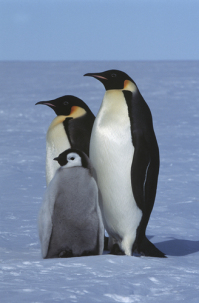
The Emperor Penguin(Aptenodytes forsteri), and the King Penguin(Aptenodytes patagonicus) do not build nests; they hold their eggs on their feet and keep the egg warm with a patch of bare skin, called a brood pouch, that is found on the belly of the penguin. The brood pouch protect their eggs from the harsh elements of the Antarctic and sub-Antarctic environments that they live in.
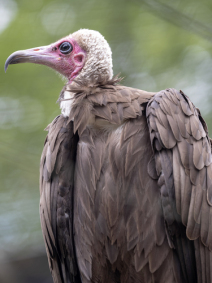
Diet
A bird’s diet greatly depends on what species it is, and what food is available in the habitat it is adapted to; some birds eat seeds, invertebrates, and berries; some birds eat other birds and mammals, and there are even birds such as vultures that eat carrion(dead animals).
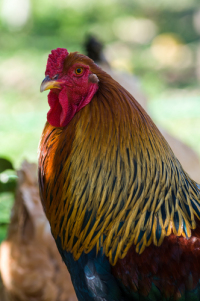
Domestication
Some birds, such as chickens, ducks, and turkeys have been domesticated for their meat and eggs. Domestic chickens are all descendants of the Red Junglefowl(Gallus gallus). Parrots, doves, finches, and the Canary(Serinus canaria) are popular pets, however pet birds can be quite expensive and require a lot of attention and care. Many species of parrot are endangered by trapping for the illegal black market pet trade.
Passerines
Passerines are the birds classified in all the families of the order Passeriformes. Passerines are also known as songbirds, or perching birds.
Non-Passerines
Non-Passerines are all the birds that are not classified in the order Passeriformes. There are quite a few avian families that are classified in Non-Passerine orders.
Flightless Birds
There are some birds that are not capable of flying, but have other adaptations that help them survive in their habitats. Flightless birds include; cassowaries, penguins, The Kakapo(Strigops habroptila), ostriches, the Emu(Dromaius novaehollandiae), rheas, and kiwis.
Domestic chickens and domestic ducks have lost the ability to fly for extended periods. Domestic chickens’ wings are too small and their flight muscles are too big for long flights. Depending on the breed, a domestic chicken can fly as high as 10 feet, and can reach a distance of up to 50 feet.
Young domestic turkeys can fly for short distances, but will mostly walk and run when they become adults.
The Red Junglefowl is capable of flying into trees or other high areas where they will be safe from ground predators, but can not fly for long distances.
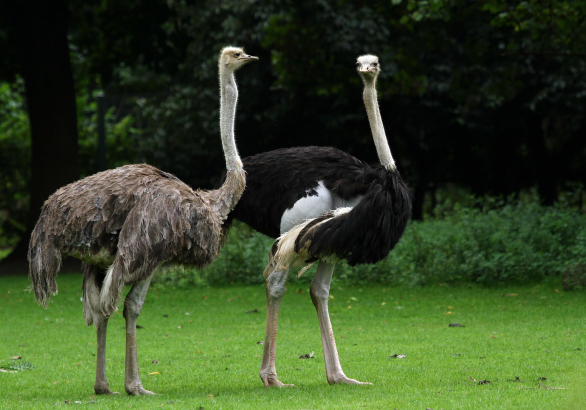
Ratites
Ratites are a group of flightless birds; they are the ostriches, the Emu, cassowaries, rheas, and kiwis. All ratites do not have a keel bone. Moas and elephantbirds are now extinct, but were also ratites.
What do Birds Contribute to Nature and the Environment?
Some of the contributions made to nature by birds include; pollinating plants, dispersing seeds, and helping to control insect populations. Two examples of bird families that produced Keystone species are; the woodpecker family because the holes carved into trees by woodpeckers are sometimes used by other birds. The hummingbird family is another bird family that produces Keystone species; hummingbirds are pollinators; they help plants reproduce.
Listed below are living birds that are flightless:
- Calayan Rail (Gallirallus calayanensis)
- Giant Coot (Fulica gigantea); (Ony adult Giant Coots can’t fly, immature birds can fly)
- Gough Moorhen (Gallinula comeri)
- Guam Rail (Gallirallus owstoni)
- Henderson Island Crake (Zapornia atra)
- Inaccessible Island Rail (Atlantisia rogersi)
- Invisible Rail (Gallirallus wallacii)
- Lord Howe Woodhen (Gallirallus sylvestris)
- Makira Woodhen (Gallinula silvestris)
- New Guinea Flightless Rail (Megacrex inepta)
- New Britain Rail (Gallirallus insignis)
- Roviana Rail (Gallirallus rovianae); (flightless, or almost so)
- Samoan Woodhen (Gallinula pacifica)
- Snoring Rail (Aramidopsis plateni)
- Takahē (Porphyrio hochstetteri)
- Tasmanian Native Hen (Tribonyx mortierii)
- White-Throated Rail (Dryolimnas cuvieri)
- Woodford’s Rail (Gallirallus woodfordi)
- Brown Mesite (Mesitornis unicolor) (possibly flightless, has not been seen flying)
- Junín Grebe (Podiceps taczanowskii)
- Titicaca Grebe (Rollandia microptera)
- Common Ostrich (Struthio camelus)
- Somali Ostrich (Struthio molybdophanes)
- Emu (Dromaius novaehollandiae)
- Dwarf Cassowary (Casuarius bennetti)
- Southern Cassowary (Casuarius casuarius)
- Northern Cassowary (Casuarius unappendiculatus)
- Southern Brown Kiwi (Apteryx australis)
- Great Spotted Kiwi (Apteryx haastii)
- North Island Brown Kiwi (Apteryx mantelli)
- Little Spotted Kiwi (Apteryx owenii)
- Okarito Kiwi (Apteryx rowi)
- Greater Rhea (Rhea americana)
- Lesser Rhea (Rhea pennata)
- Emperor Penguin (Aptenodytes forsteri)
- King Penguin (Aptenodytes patagonicus)
- Adélie Penguin (Pygoscelis adeliae)
- Chinstrap Penguin (Pygoscelis antarcticus)
- Gentoo Penguin (Pygoscelis papua)
- Little Blue Penguin (Eudyptula minor)
- Magellanic Penguin (Spheniscus magellanicus)
- Humboldt Penguin (Spheniscus humboldti)
- Galapagos Penguin (Spheniscus mendiculus)
- African Penguin (Spheniscus demersus)
- Yellow-eyed Penguin (Megadyptes antipodes)
- Fiordland Penguin (Eudyptes pachyrhynchus)
- Snares Penguin (Eudyptes robustus)
- Erect-Crested Penguin (Eudyptes sclateri)
- Northern Rockhopper Penguin (Eudyptes moseleyi)
- Southern Rockhopper Penguin (Eudyptes chrysocome)
- Royal Penguin (Eudyptes schlegeli)
- Macaroni Penguin (Eudyptes chrysolophus)
- Flightless Cormorant (Nannopterum harrisi)
- Auckland Island Teal (Anas aucklandica)
- Campbell Teal (Anas nesiotis)
- Flightless Steamer Duck (Tachyeres pteneres)
- Falkland Steamer Duck (Tachyeres brachypterus)
- White-Headed Steamer Duck (Tachyeres leucocephalus)
- Kakapo (Strigops habroptila)
